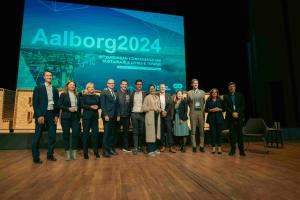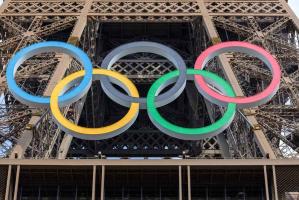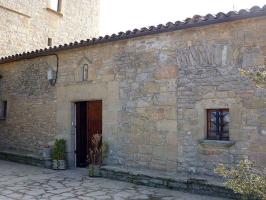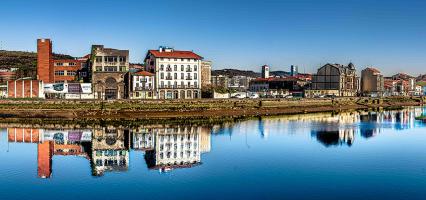Thessaloniki gets ready for its metro launch in November
The underground rapid transit lines have been under construction for almost two decades due to various project delays
 TheMayor.EU logo
TheMayor.EU logo Rainwater and traffic contribute to the spreading of these pollutants
The Gothenburg municipal website announced today that the city will receive SEK 2.4 million (about 234 000 euros) to find a way to prevent natural water bodies from being polluted with microplastics. The money is forwarded by the Swedish Environmental Protection Agency and will be used to develop two experimental projects.
Microplastics are all those particles generated from the degradation of plastic products which, as is by now well known, can persist in the environment for hundreds or even thousands of years. One of the daily human activities that generate microplastics is driving.
When cars and trucks traverse the streets and roads this breaks off plastic particles from them and their tires as well as little chunks from the asphalt roads. When it rains, the waters wash off the generated microplastic particles into the road ditches from where they travel to the rivers, lakes and seas. In fact, it is estimated that 50% of microplastic pollution comes from traffic.
Even though it has been known since the 1970s that rains are a significant vector for the propagation of pollution, little has been done about it until today. That is why the Gothenburg administration wants to do something about this problem.
The grant money will be used to finance two projects to that end. The first one concerns the installation of filter cassettes which can be stacked like bricks, and the second one is the creation of rain gardens. Both will be built along Litteraturgatan Street in Hisingen.
“We will measure the levels in both incoming and outgoing water. The hope is that we will see which facility best purifies the water,” said Helén Galfi, a researcher the Water Cycle Department of the Swedish city, adding that it is also important to think right from the start when new roads are being designed for the future.
The cassette filters prevent flooding and catch miniature contaminants, whereas the rain gardens are partially submerged patches of greenery which act as drainage for water outflow. The water irrigates the plants and the particles accumulate as sediment at the bottom.

The underground rapid transit lines have been under construction for almost two decades due to various project delays

Now you can get your wine in Talence by paying directly in Bitcoin

That’s because the state has to spend money on updating the railway infrastructure rather than subsidizing the cost of the popular pass

Rethinking renewable energy sources for the urban landscape

The examples, compiled by Beyond Fossil Fuels, can inform and inspire communities and entrepreneurs that still feel trepidation at the prospect of energy transition

Now you can get your wine in Talence by paying directly in Bitcoin

The 10th European Conference on Sustainable Cities and Towns (ESCT) sets the stage for stronger cooperation between the EU, national and local level to fast track Europe's transition to climate neutrality.

At least, that’s the promise made by the mayor of Paris, Anne Hidalgo

The underground rapid transit lines have been under construction for almost two decades due to various project delays

At least, that’s the promise made by the mayor of Paris, Anne Hidalgo

Hostal de Pinós is located in the geographical centre of the autonomous region

Despite its church-y name, the district has long been known as the hangout spot for the artsy crowds

Urban dwellers across the EU are having a say in making their surroundings friendlier to people and the environment.

Forests in the EU can help green the European construction industry and bolster a continent-wide push for architectural improvements.

Apply by 10 November and do your part for the transformation of European public spaces

An interview with the Mayor of a Polish city that seeks to reinvent itself

An interview with the newly elected ICLEI President and Mayor of Malmö

A conversation with the Mayor of Lisbon about the spirit and dimensions of innovation present in the Portuguese capital














